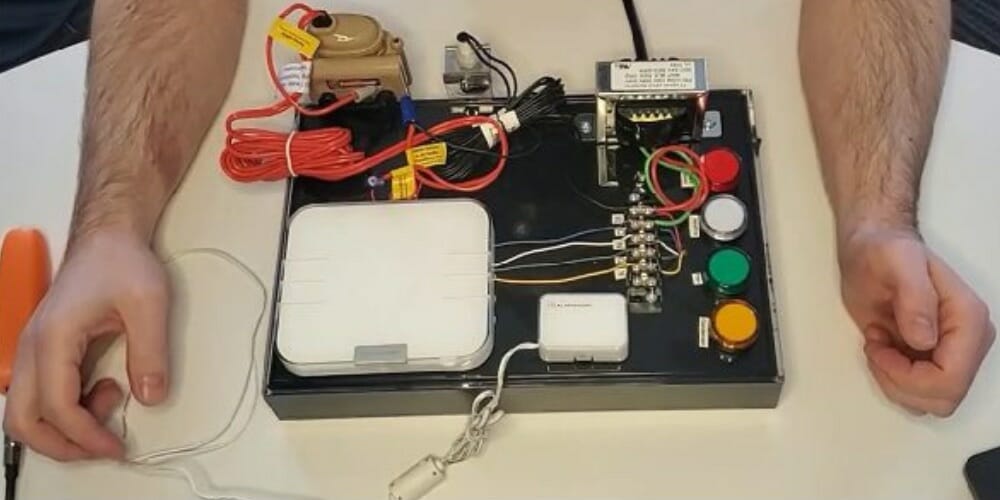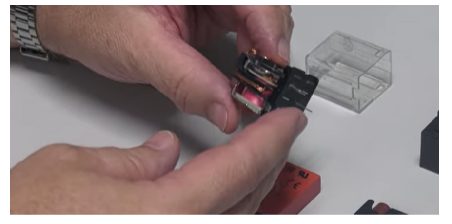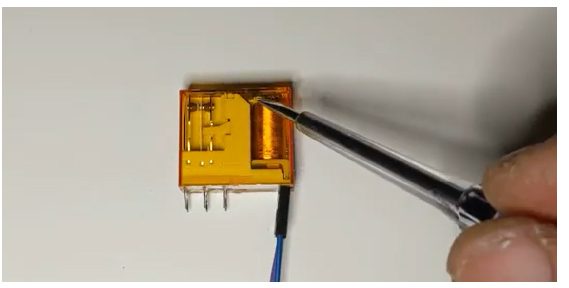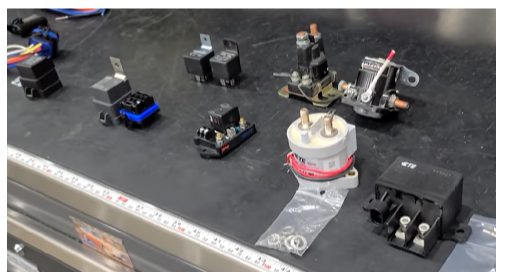How to Wire Up a Dry Contact Relay

By the end of this article, you should be able to wire a dry contact relay.
In general, to wire a dry contact relay, you must first protect the circuit against a short. Direct the low-voltage cable to a different conduit. Connect your power source to the relay port, then wire the relay.
I will guide you in detail through the process in my guide below.
Dry Contact Relay: What is it?

Dry contacts are known as voltage-free or potential-free contacts. A dry contact input is a simple type of electrical relay. It is described as a contact that does not get power or voltage from the switch but rather from an external source.
Contact currents with less than a milliampere are sought for in dry switching. In addition, because these connections are bare and devoid of power, you must supply your own.
Dry Contact Relay: How to Wire It?
When ready to install the relay, consider how distant it is from the hub. There are procedures to take to ensure that they are properly installed:
Step 1: Low-voltage connections must be completed with the electricity turned off to protect the entire system from any shorts.
Step 2: The wiring phase for all low-voltage wiring is Class 2. It would be best to route the low-voltage wire in a different conduit than line-voltage wiring.
Step 3: Take note of all your cabling and tool locations so that the contacts can be properly positioned together.
Step 4: Connect your power source to the relay terminal, then wire the relay to the desired circuit.
Note that you must avoid installing a relay outside the property, on the metal boxes and circuit breaker panels, and in specific areas that go below or over the required temperature for the relay.
Why is it Called Dry Contact?

When the input varies, the relay necessary for the dry contacts is activated or deactivated. This allows the dry contact input relay to determine if the input switch is turned on or off.
The power of the relay can also be connected through a separate wire or a local power source near the dry contact input.
Relay Variations

A relay is an electronic-controlled switch that you will utilize with these contacts. They notify the contacts when it is necessary to open and close. Several types of relays can be used:
Hybrid Relay
This employs both electromechanical and semiconductor capabilities. It takes the use of both while reducing their drawbacks. The key advantages of EMR are a low voltage drop when the circuit is closed and no power losses when the circuit is open.
Thermal Relay
Because the thermal relay cannot switch the primary circuit on its own, it is paired with a magnetic contactor. If the temperature exceeds the limit, switching the contact from one state to another will assist. They are mostly used for motor security.
Reed Relay
They contain two magnetic strips enclosed in a glass tube. The reed may function as both an armature and a connection blade.
Electromagnetic Relay
It can operate in both AC and DC modes. It is composed of electrical, mechanical, and magnetic components. A magnetic switch employs a magnet to generate a magnetic field. The magnetic field is then used to open and close the switch and accomplish the mechanical action. (1)
Solid State Relay
This is a semiconductor analog of electromechanical relays that can manage electrical loads without using moving components.
Dry Contacts vs. Wet Contacts
If you are also wondering about what wet contact is, the table below will show you how the two differ from each other:
| DRY CONTACT | WET CONTACT |
| Another source of power is being used. | The same electrical supply powers this as the control circuit used to adjust the contact. |
| It is referred to as the relay circuit’s second set of contacts. | This is known as the main group of contacts. |
| Used to provide device separation. | It does not offer device isolation because of the same power supply. |
| The primary benefit of dry contact input relays is that they give total isolation between both devices. | The primary benefit of the wet contact is that it simplifies troubleshooting due to the ease of wiring so the same voltage level. (2) |
| A relay with dry contacts does not employ mercury-wetted contacts. | Wet contacts denote a relay with mercury-wetted contacts. |
Take a look at some of our related articles below.
- How to use a multimeter to test voltage of live wires
- How to test a low voltage transformer
- What wires are positive and negative in a USB cable
References
(1) magnetic components – https://link.springer.com/book/10.1007/978-94-015-4000-1
(2) voltage level – https://www.sciencedirect.com/topics/computer-science/supply-voltage-level
Video Reference
